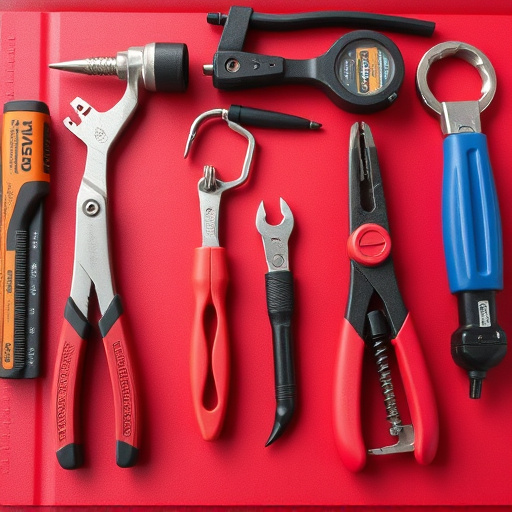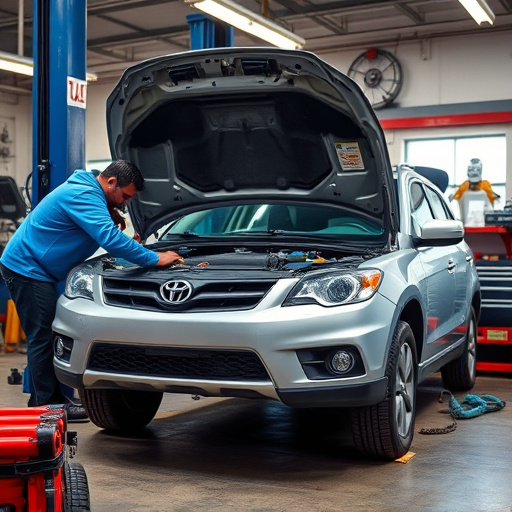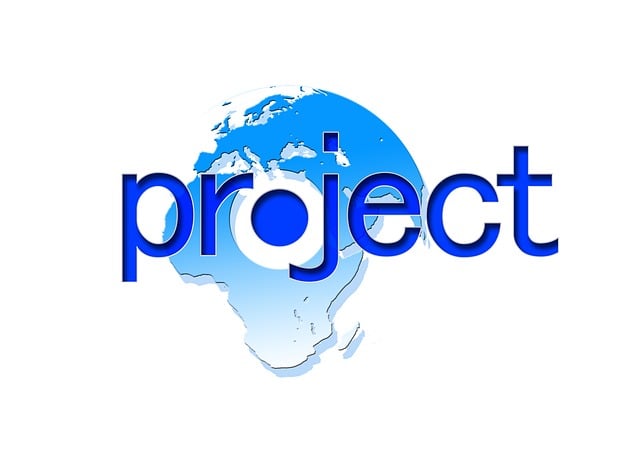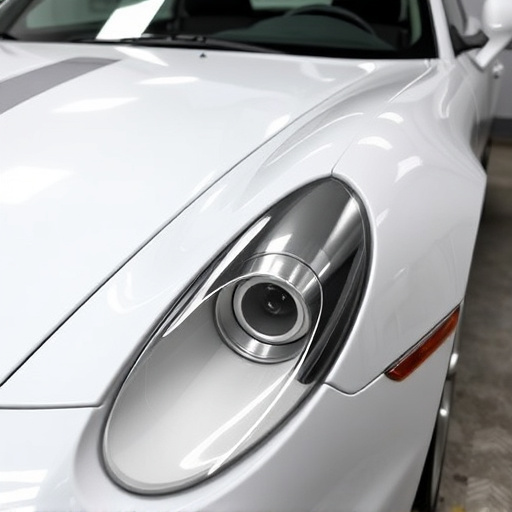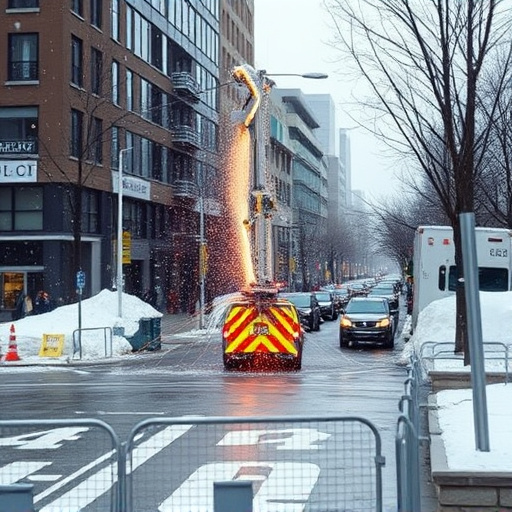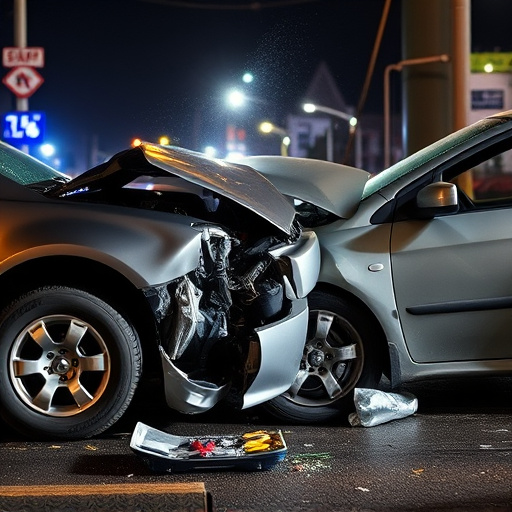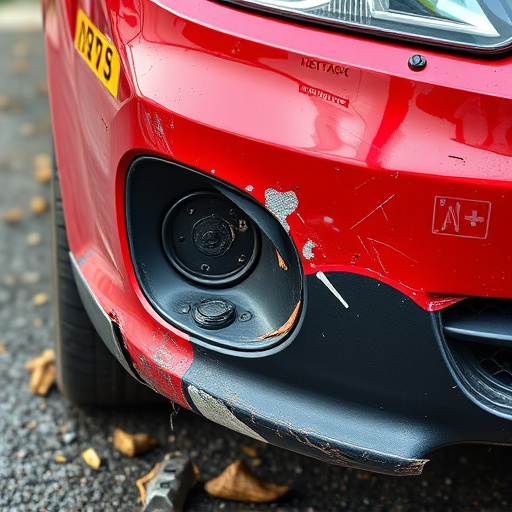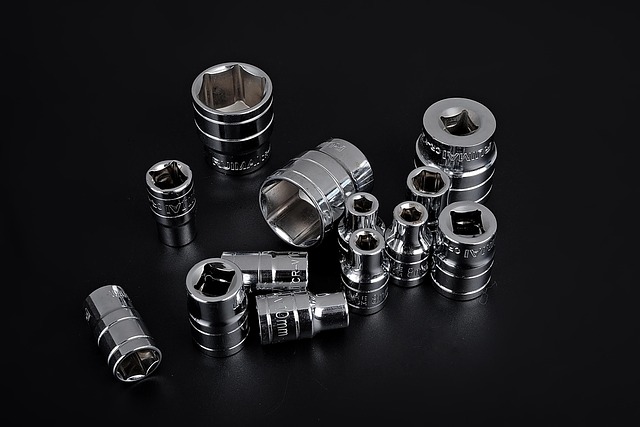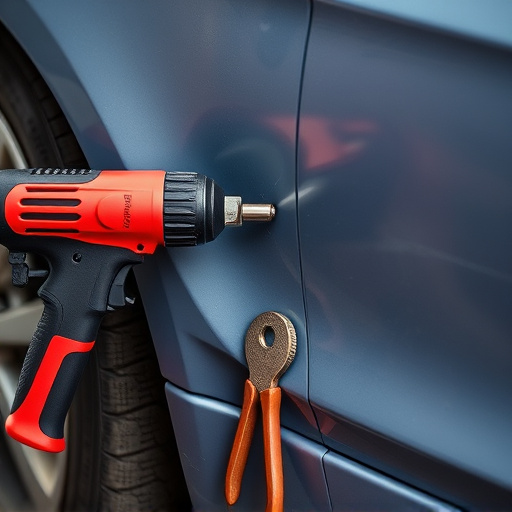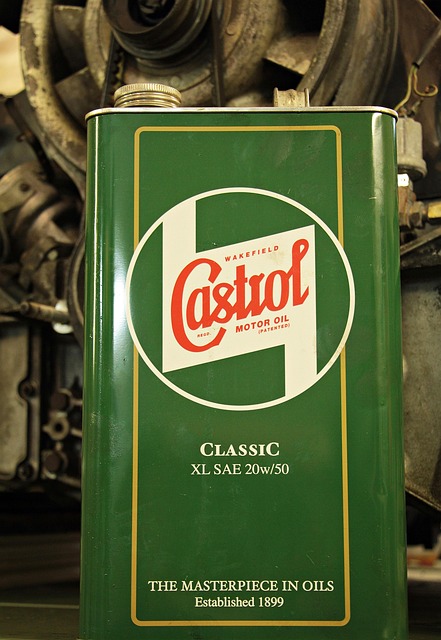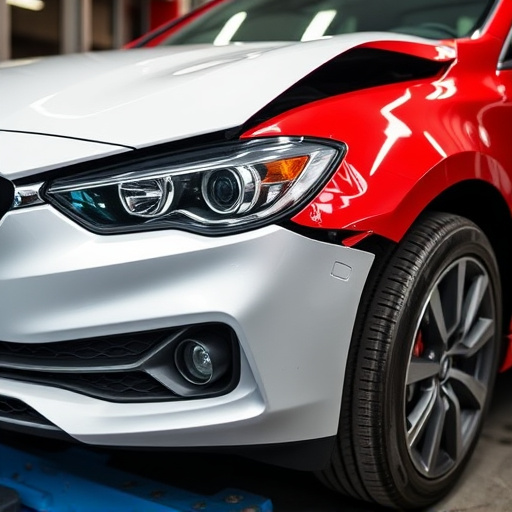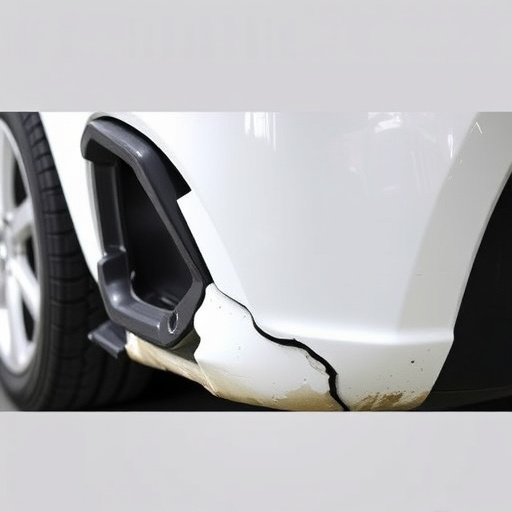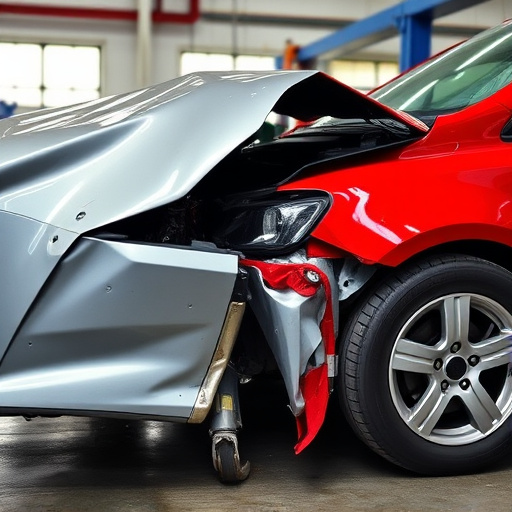After a storm, thorough assessment of a vehicle's structural integrity is vital for effective storm damage collision repair. Professional technicians use specialized tools like frame straightening equipment and non-destructive testing methods (ultrasonic, thermal imaging, 3D scanning) to accurately detect damage, including hidden issues from wind, water, and debris. Services such as car paint repair, frame realignments, and structural reinforcement by skilled mechanics restore vehicles to pre-storm condition using advanced technology, ensuring quality repairs and peace of mind for drivers in storm-hit areas.
In the aftermath of storms, vehicles often bear the brunt of structural and cosmetic damage, leading to a surge in storm damage collision repairs. This comprehensive guide delves into the common challenges faced by body shops during peak storm seasons. From assessing structural integrity through non-destructive testing to tackling complex panel repairs and ensuring color matching, each step is crucial for restoring vehicles to their pre-storm condition. Learn about replacement parts, safety features, and customer education to navigate these challenges effectively.
- Assessing Structural Integrity After Storms
- – Identifying structural damage from wind, water, and debris
- – Techniques for non-destructive testing and inspection
Assessing Structural Integrity After Storms
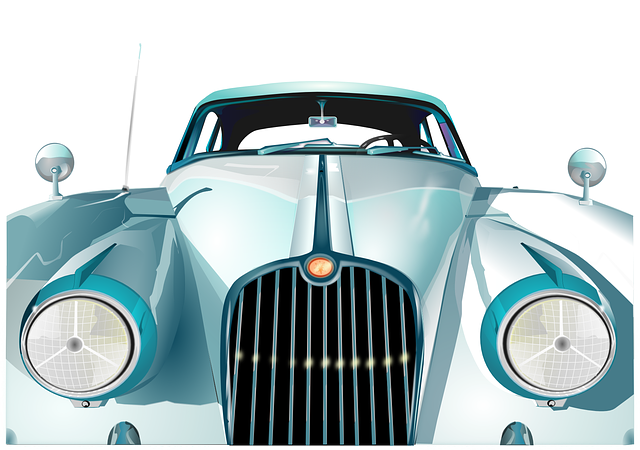
After a storm, assessing the structural integrity of vehicles is a critical step in any collision repair process. Storm damage can manifest in various ways, from dents and dings to more severe structural issues like crumpled fenders, bent frames, or even collapsed roofs. Professional technicians use specialized tools and techniques, such as frame straightening equipment, to accurately gauge the extent of the damage. This meticulous evaluation ensures that every part of the vehicle is safe to repair or replace, maintaining its overall stability and safety standards.
A reliable collision repair center will have the expertise and facilities to handle these complex repairs. Skilled mechanics can perform tasks like car paint repair, frame realignments, and structural reinforcement to return your vehicle to its pre-storm condition or better. By combining advanced technology with experienced craftsmanship, these centers deliver high-quality storm damage collision repair services, restoring peace of mind and getting you back on the road safely.
– Identifying structural damage from wind, water, and debris
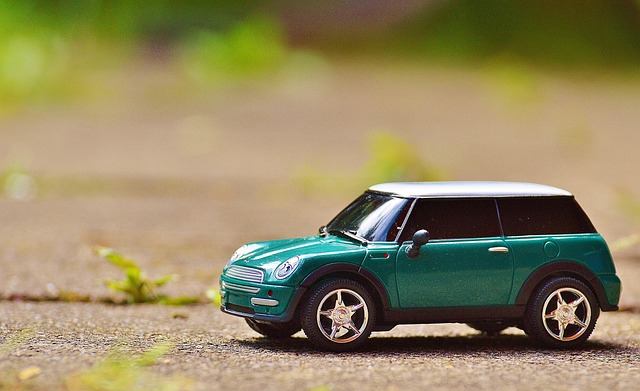
After a storm, one of the primary challenges in collision repair is identifying structural damage from various sources like wind, water, and debris. The initial assessment should focus on the car’s frame and underbody for signs of twisting, bending, or misalignment. Tools such as alignment equipment and visual inspections are crucial to pinpointing these issues, ensuring that the vehicle remains safe to drive.
Water intrusion is another common problem, often leading to rust and corrosion, especially in older vehicles. Inspecting the interior and checking for moisture buildup in doors, trunks, and headliners is essential. Debris from broken windows or damaged body panels can also cause hidden harm, so a thorough search for sharp edges and potential safety hazards should be conducted. Proper storm damage collision repair requires addressing these issues to restore the vehicle’s structural integrity and ensure long-term reliability.
– Techniques for non-destructive testing and inspection
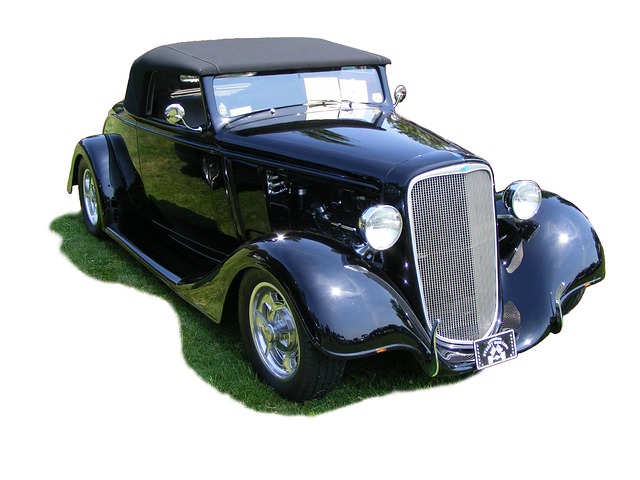
In the realm of storm damage collision repair, non-destructive testing and inspection techniques play a pivotal role. These methods allow technicians to assess vehicle integrity without causing further harm or disassembly. Technologies such as ultrasonic testing, thermal imaging, and digital 3D scanning are employed to detect subtle imperfections in car bodywork and frame straightening. By utilizing these advanced tools, repair shops can accurately identify hidden damage, ensuring every component is addressed during the restoration process.
Furthermore, non-destructive testing enhances efficiency and reduces costs associated with collision repair. It prevents unnecessary replacement of intact parts, preserving the value of the vehicle. This meticulous approach is especially crucial in storm-affected areas where rapid repairs are needed but quality must never be compromised. Effective use of these techniques ensures that cars return to their pre-incident condition, combining safety, aesthetics, and financial viability in storm damage collision repair.
When it comes to storm damage collision repair, understanding common issues is essential for efficient and effective restoration. By identifying structural damage from wind, water, and debris through non-destructive testing and inspection techniques, professionals can ensure the safety and integrity of vehicles affected by storms. This proactive approach not only streamlines the repair process but also minimizes costs and maximizes customer satisfaction in storm damage collision repair.

